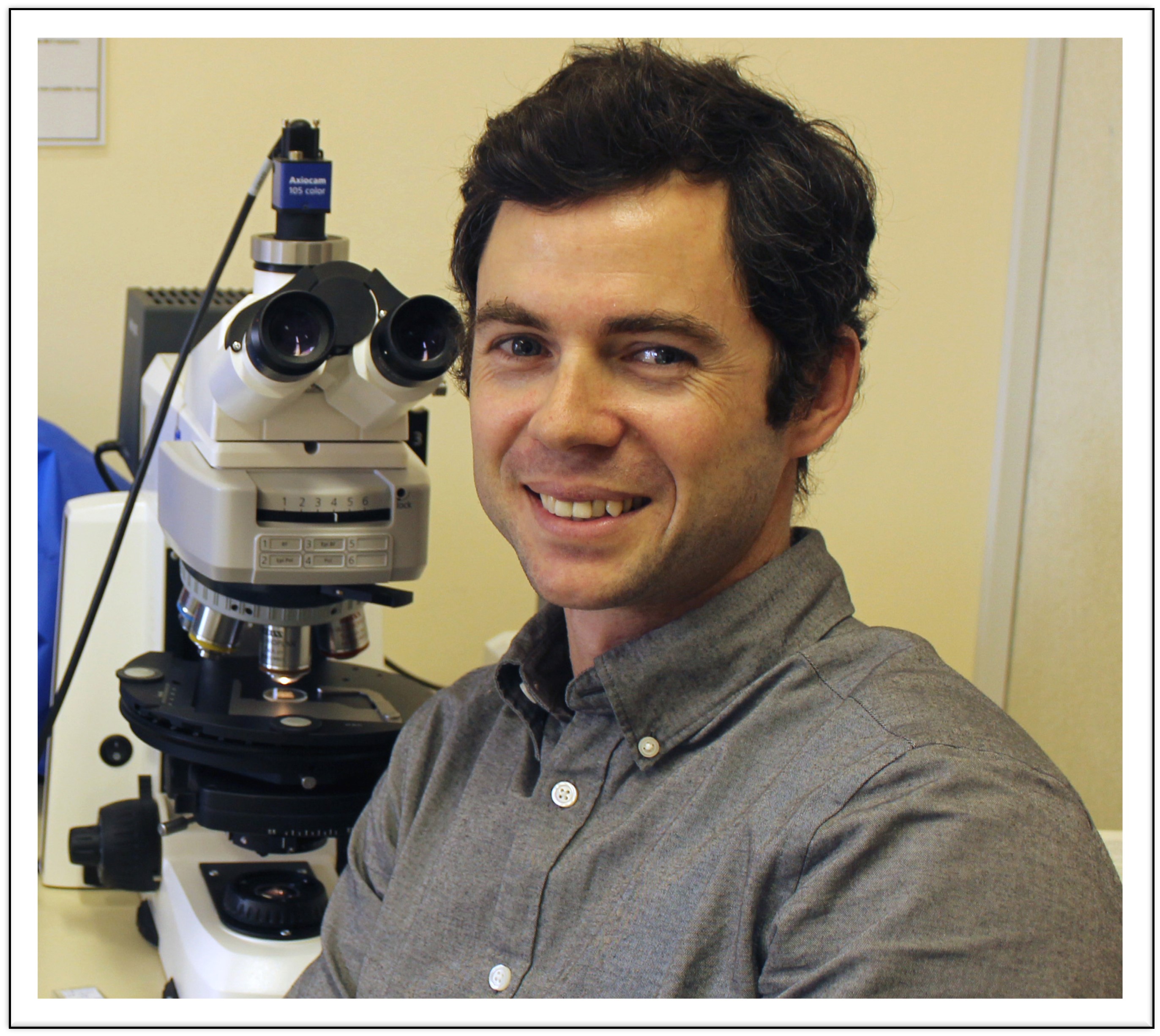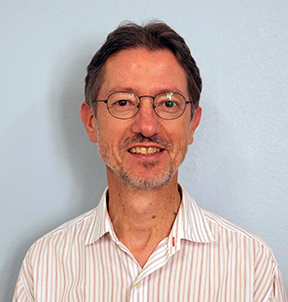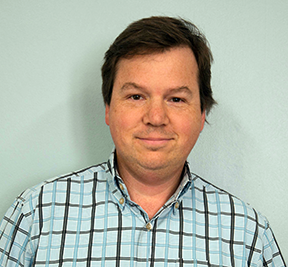Dr Geoffrey Howarth
 Geoffrey is an igneous petrologist and economic geologist with an interest in general petrological problems and related ore-forming processes; including, kimberlite magma genesis and emplacement, evolution of the sub-cratonic mantle through the study of mantle xenoliths and diamonds, origin of ore deposits in layered intrusions, and evolution of magmatic plumbing-systems on Mars. Kimberlite and mantle related studies are based out of the University of Cape Town making use of the world famous ‘Mantle-room’ collection comprising 1000’s of samples collected over several decades by Prof. John Gurney and colleagues, as well as filed trips to various kimberlite pipe localities in southern Africa and recent project development into West Africa kimberlites.
Geoffrey is an igneous petrologist and economic geologist with an interest in general petrological problems and related ore-forming processes; including, kimberlite magma genesis and emplacement, evolution of the sub-cratonic mantle through the study of mantle xenoliths and diamonds, origin of ore deposits in layered intrusions, and evolution of magmatic plumbing-systems on Mars. Kimberlite and mantle related studies are based out of the University of Cape Town making use of the world famous ‘Mantle-room’ collection comprising 1000’s of samples collected over several decades by Prof. John Gurney and colleagues, as well as filed trips to various kimberlite pipe localities in southern Africa and recent project development into West Africa kimberlites.
Recent papers related to his work on kimberlites and related rocks include:
Büttner, S. H., et al. "The capturing and decompression of melt inclusions in olivine and ilmenite megacrysts from the Monastery kimberlite, South Africa." Gondwana Research 115 (2023): 81-97.
Howarth, G. H., Giuliani, A., Soltys, A., & Bussweiler, Y. (2022). Compositional variations in primitive kimberlite melts and entrained mantle cargo from a global survey of trace element compositions in kimberlite olivine. Journal of Petrology, 63(8), egac062.
Viljoen, A., Howarth, G. H., Giuliani, A., Fitzpayne, A., & Costin, G. (2022). Correlations between olivine composition and groundmass mineralogy in Sierra Leone kimberlites provide constraints on craton-specific melt-lithosphere interactions. Lithos, 430, 106846.
Sarkar, S., Giuliani, A., Phillips, D., Howarth, G. H., Ghosh, S., & Dalton, H. (2022). Sublithospheric melt input in cratonic lamproites. Geology, 50(11), 1296-1300.
Howarth, G. H., & Nembambula, T. (2021). Petrogenesis of Kaapvaal lamproites (aka orangeites) constrained by the composition of olivine and similarities with kimberlites and other diamondiferous lamproites. Lithos, 406, 106499.
Professor Steve Richardson

Professor Steve Richardson has a long history with the Department of Geological Sciences at UCT. After graduating with his Honours Degree in Geology from UCT in 1977, Steve did his postgraduate work at the Massachusetts Institute of Technology, pioneering innovative techniques for the radiometric dating of silicate mineral inclusions in diamonds under Prof. Stan Hart. After receiving his PhD, and postdoctoral fellowship on noble gases at the University of Paris, Steve returned to UCT, holding various academic positions in the department since 1984 including a three year period as Head of the Department from 2011 to 2013. As an isotope geochemist, his work strongly focuses on diamonds and their related inclusions.
His current research themes are as follows:
- Episodic diamond genesis and Archean craton evolution
- Continental mantle signature of Bushveld magmas and PGE ores
- Re-Os isotope system in sulfides; Sm-Nd and Rb-Sr systems in silicates
- Single zircon U-Th-Pb and phlogopite Rb-Sr geochronology of kimberlites
- Geochemistry of kimberlites, megacrysts, peridotites, eclogites, and diamonds
Associate Professor Phil Janney

Dr. Phil Janney obtained his PhD in 1996 from the University of California, San Diego-Scripps Institution of Oceanography where he worked primarily on the trace element and radiogenic isotope geochemistry of Cretaceous seamount and oceanic plateau lavas and seafloor basalts from the western Pacific Ocean. He became interested in kimberlites and related alkaline igneous rocks and their mantle xenoliths while a postdoctoral researcher, first at the University of Cape Town under Prof. Anton le Roex and later at the Department of Terrestrial Magnetism, Carnegie Institution of Washington under Drs. Rick Carlson and Steve Shirey. In this latter position, he studied the petrology and geochemistry of mantle xenoliths from off-craton kimberlites in South Africa. Phil also has a long-term interest in meteorites and isotopic applications of plasma mass spectrometry. He was Manager of the Isotope Geochemistry Laboratory of the Field Museum of Natural History in Chicago (USA) from 2000 to 2006 where he worked closely with colleagues from the University of Chicago to develop techniques for the measurement of radiogenic and stable isotope systems in meteorites and experimental analogues by the MC-ICP-MS technique. This was followed by a move to Arizona State University where he was an Associate Research Scientist in the Center for Meteorite Studies from 2006 to 2012. During this time, Phil applied the ultra low-contamination techniques developed for cosmochemical study of meteorites to the isotope geochemistry of mantle peridotite and megacryst minerals. His main research themes include (1) characterizing the sources and petrogenesis and determining the ages of kimberlites, carbonatites and other alkaline mantle-derived magmas, (2) comparing the melt depletion and metasomatic histories of on- and off-craton mantle lithosphere through the study of peridotite xenoliths and (3) constraining the origin of kimberlite megacrysts and determining the nature of the relationship to their host kimberlites.
Professor Anton le Roex

Professor Anton le Roex obtained his PhD at UCT in 1980. After a postdoctoral fellowship at the Woods Hole Oceanographic Institution in Massachusetts (USA), he returned to UCT to take up an academic staff position in the Department of Geochemistry (later to be merged into the new Department of Geological Sciences). Much of his scientific career has been devoted to the study of mid-ocean ridge basalts from the Southern Ocean and basalts from South Atlantic ocean islands, as well as the study of alkaline igneous intrusive complexes in northern Namibia associated with the Etendeka flood basalt province and the initiation of the Tristan mantle plume. He has published extensively on the geochemistry of kimberlites and lamprophyres, as well as on the petrology and geochemistry of southern African mantle xenoliths. He is currently Dean of the Faculty of Science at UCT.